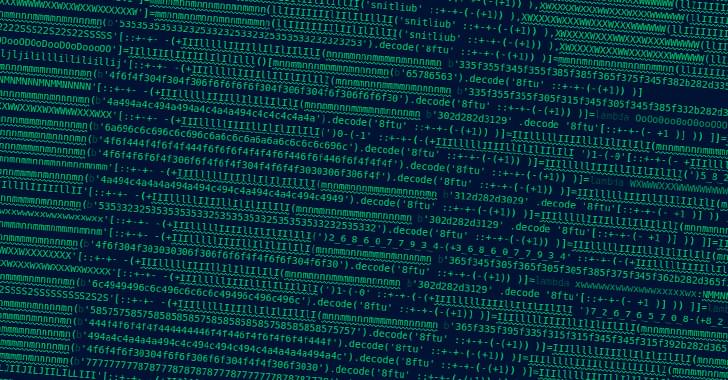Nov 7, 2022
Scientist claims he has made the ultimate unhackable voting machine
Posted by Gemechu Taye in category: cybercrime/malcode
Experts do not want to hack it.
Juan Gilbert, a professor of computer science at the University of Florida, has claimed that he has built the ultimate unhackable voting machine that can put concerns to rest over machine-related voting, Undark.
Continue reading “Scientist claims he has made the ultimate unhackable voting machine” »


















